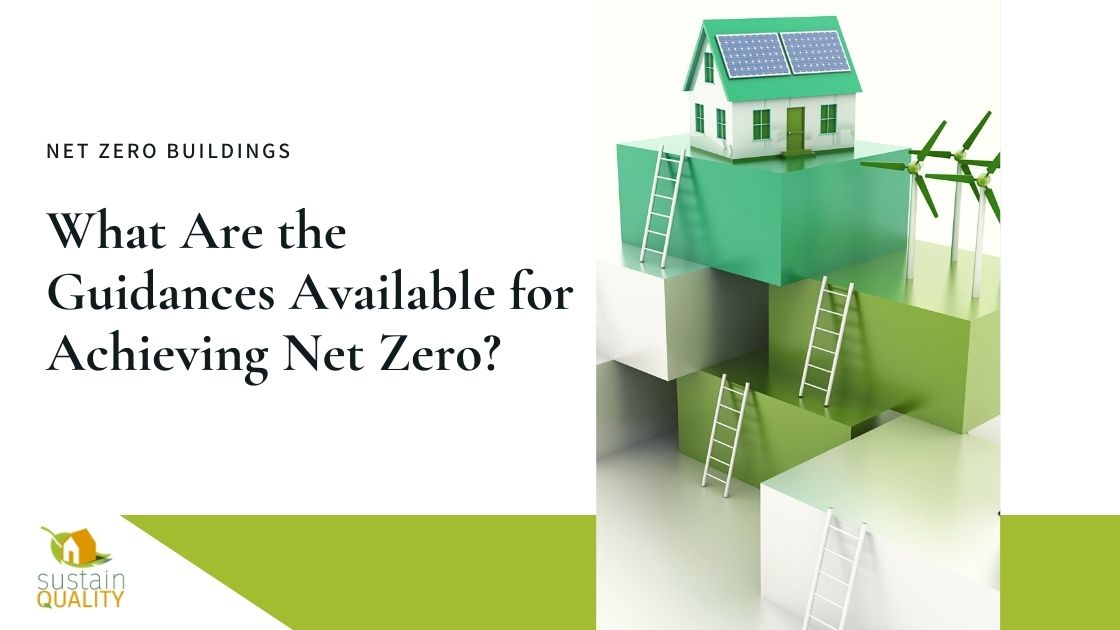Achieving Net Zero
With the UK government’s declaration of a Climate Emergency, the urgency to address carbon emissions has been accelerated.
Therefore, the New legislation for the construction industry has asserted that all new buildings should be net zero carbon by 2030. Moreover, With all existing buildings net-zero by 2050. Additionally, Traditional buildings are responsible for consuming upwards of 40% of the world’s fossil fuel energy.
Hence, the aim for net zero carbon buildings is part of the overarching mission for global emissions to be almost halved by 2030. It needs complete elimination by the middle of the century.
The net-zero mission is a significant challenge. And, it requires us to reassess the way buildings are designed, constructed, and run. A verified net-zero carbon building is one where the embodied emissions associated with the building products and the construction itself are measured. It should be dramatically reduced, and also offset with other forms of energy i.e. renewables.
In summary, organisations aiming to meet net-zero goals for their developments, this blog will discuss the guidances available that provide information and frameworks for each stage of the process.
The UK Green Building Council Framework
The UK’s Green Building Council has been responsible for developing the net-zero carbon framework which explains how the industry can achieve net-zero carbon for new and existing buildings.
The framework provides guidance that means architects can challenge climate change with support and direction. It splits the approach into two sections: achieving net zero carbon during the construction stage, and then the operational stage.
The document provides goals for a building’s carbon emissions, the options for offsetting carbon, either on or off-site, and how renewable energy usage comes into play.
The framework also discusses how the ‘whole life’ of a building, and its generated carbon emissions, breaks down, including explorations of embodied carbon depending on whether the building is commercial, residential, or a portfolio of building developments.
Passivhaus to Support Achieving Net Zero
An approach developed to help organisations achieve net-zero carbon buildings is the Passivhaus method.
It is a design and construction standard for buildings, with the key principle being to deliver high levels of comfort whilst using very little energy.
Fundamentally, Passivhaus standard buildings should involve the following within their construction:
- High levels of insulation: Ensuring that the building retains heat effectively, thereby reducing energy consumption.
- High-performance windows with insulated frames: Providing excellent thermal performance and significantly reducing energy loss.
- Airtight building fabric: Preventing unwanted air leakage and maintaining indoor air quality, which is crucial for energy efficiency.
- Thermal bridge-free construction: Eliminating areas where heat can escape, thus improving overall energy efficiency and comfort.
- A mechanical ventilation system with highly efficient heat recovery: Ensuring fresh air circulation while recovering heat from exhaust air, thereby enhancing energy savings.
Additionally, a similar approach for applying the net-zero carbon framework is the Energiesprong method. This innovative method focuses on retrofitting homes to achieve net-zero energy performance.
Furthermore, the government’s smart meters energy monitoring programme plays a crucial role in this framework. By providing real-time data on energy usage, smart meters help homeowners and businesses manage their energy consumption more effectively.
Moreover, these initiatives collectively contribute to a more sustainable and energy-efficient built environment.
Conclusion
Embedding sustainability and the net-zero carbon framework into your organisation will align your developments with current and upcoming regulations surrounding carbon emissions and energy consumption.
Building a sustainable future means undertaking net-zero goals in the transition to a net-zero carbon built environment.
How Can Sustain Quality Help My Organisation?
When an organisation turns to us at Sustain Quality, they gain access to a team of professionals that are dedicated to providing services that help save on energy costs.
Sustainability consultants are incredibly knowledgeable in the steps that need to be taken to create net-zero buildings for organisations of all sizes. From finding the electrical energy storage that fits your needs to determining energy-efficient technologies your building can use, sustainability consulting will be able to identify the best solutions for your organisation.
Some of the assessments that may be used to best determine how you can meet net-zero energy include:
- Energy Assessments
- SBEM Assessments (get your free guide)
- SAP Assessments (get your free guide)
- BREEAM Assessments
A net-zero building is the epitome of a high-quality building and property organisation. Our dedicated team offers sustainability consulting Nationwide that will help you achieve your sustainability goals.
Please do not hesitate to contact us today to set up a consultation. We can help your organisation reduce carbon emissions and meet other green initiatives.
Fill out the form below to get in touch!






